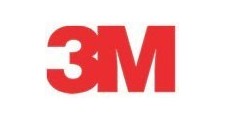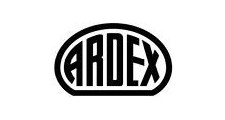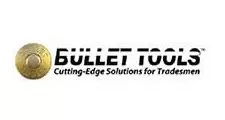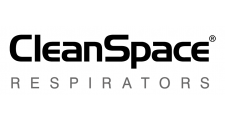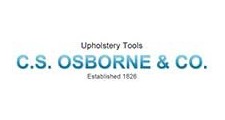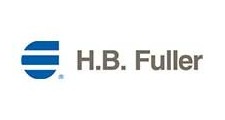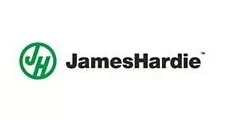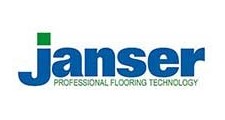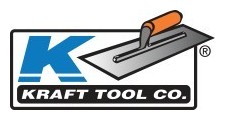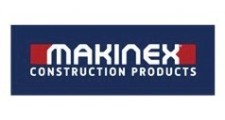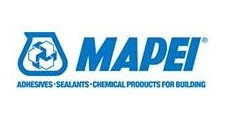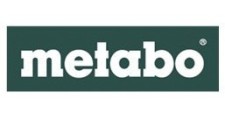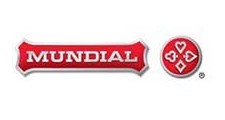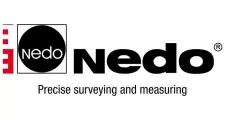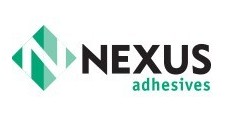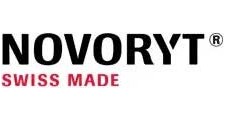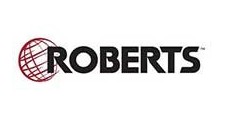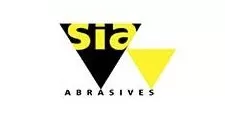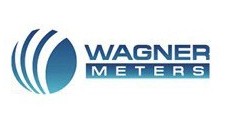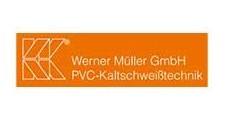Wagner Meters is all ready to handle the changes. Read the Article below written by Jason Spangler, Wagner Rapid RH product sales manager, explain all about the ASTM F2170
LATEST UPDATE: August 2019.
The Rapid RH® L6 system, an enhanced version of the already popular Rapid RH system, consolidates many concrete moisture testing features into a simpler process while featuring advanced technology that makes reporting faster, easier, and more reliable, even in concrete slabs with a relative humidity of up to 100%.
Although it looks similar to the Rapid RH 4.0 EX Smart Sensor, the new green L6 Smart Sensor will provide accurate concrete moisture readings up to 100% RH. Also, each L6 sensor includes an onboard memory device capable of storing 512 time-stamped measurements so you can come back years later, retrieve an embedded sensor, and recover the historical data.
The new all-in-one Total Reader® combines the rugged reliability and accuracy of the handy Easy Reader and wireless Rapid RH Smart Reader into a single easy-to-use device. The Total Reader instantly reads and displays concrete RH and temperature data from the Smart Sensors. The Total Reader will also transmit, via Bluetooth®, to the free DataMaster™ L6 recording and reporting app.
STM F2170 Update Validates RH as the Superior Test for Concrete Moisture
This article was originally published in The Flooring Inspector (third issue 2018).
The trend continues: scientific research once again validates in situ relative humidity (RH) testing as the superior method of measuring moisture in concrete floor slabs.
Now, in response to the latest science, those using the RH test have the green light to obtain official, documentable results much faster than with other concrete moisture tests—a full two days faster. ASTM International recently updated its F2170 standard for RH testing so that the test can be completed in 24 hours, instead of 72 hours as before.
The Earliest Science on Concrete Moisture Condition Testing
Interestingly while some methods for testing the moisture condition of concrete have been around a long time, only the RH test has been proven for its reliability and accuracy. There are surface-based methods, for example, that date back to the 1940s but have no scientific pedigree. At the time, one of the methods was just a simple “eyeball” test. Did crystals placed on the slab absorb moisture from the surface? In the 1960s, manufacturers of some test kits provided a semblance of objective standards, but still, the problem was—there was no science, and there were no documented studies to back the guidance given.
In contrast, research at European universities began to uncover the scientific basis for why in situ RH testing is more accurate and reliable. They found that within a concrete slab, a moisture gradient invariably forms as the slab dries, such that a slab is typically drier at the surface and wetter deeper down. This certainly explained why testing conducted only at the surface cannot serve as a reliable indicator of the slab’s overall moisture condition.
Improving Scientific Knowledge about RH Testing Changes Standards
Further testing at the Technical University of Lund in Sweden in the 1990s determined that the proper depth for an RH test probe is 40 percent for slabs poured on grade, and 20 percent for slabs drying from two sides. Ultimately, this research became the foundation for the test specifications known as the NordTest, a forerunner of the in situ RH test used today.
While other countries around the world developed and implemented their own RH test standards, the United States became an outlier—the only country still focused largely on surface-based testing of concrete moisture. A new metric was developed in 1998, but as before, the metric specified for surface testing wasn’t derived or supported by controlled, scientific testing.
The Science Supporting the RH Test Method Continues to Grow Stronger
When CTLGroup, a wholly-owned subsidiary of the Portland Cement Association, conducted its own scientific research, it confirmed the findings of the European researchers: measuring moisture only on the surface of a concrete slab doesn’t give an accurate reading of the overall moisture condition.
It was findings such as these that first led ASTM International to develop the F2170 standard for in situ RH testing in 2002. The standard was modeled on the European NordTest. Later, in 2010, ASTM International officially disallowed use of surface-based testing of lightweight concrete slabs, effectively making the in situ RH test the only viable option for lightweight concrete.
As scientific understanding of how moisture vapor moves through concrete and as our knowledge of how best to test for moisture continues to improve, the preference for the in situ RH test has grown steadily.
This year’s change to the ASTM F2170 standard is just the natural next step along this steady path authenticating the objective reliability and accuracy of RH testing.
Precision and Bias Study Is a Factor in the ASTM F2170 Update
An ASTM-commissioned Precision and Bias (P&B) study, completed in 2014, considered whether a properly-conducted RH test could furnish accurate results faster than the 72-hour waiting period specified in the F2170 standard.
The thinking until then had been that this 72-hour wait ensures that the RH test holes reach moisture equilibrium with the surrounding concrete.
But RH testing is all about the science, and so the P&B study examined, in part, whether the 72-hour assumption was accurate. Turns out—it wasn’t. The 72 hours was much longer than what was actually needed.
The P&B study found that the RH readings at 24 hours were statistically equivalent to those taken at 72 hours. They weren’t identical, but the variations were minor and all fell within the range of acceptable readings as required by the ASTM F2170 standard.
Responding to this new information, the latest F2170 update now specifies that official, documentable RH readings with in situ probes may be taken as early as 24 hours after drilling test holes. This means that general contractors, flooring installers, and others can trust – and act – on RH readings taken at 24 hours, instead of waiting an additional two full days.
This is very good news for project managers looking for a way to accelerate project timelines. It’s also one additional reason that more and more people have come to prefer the in situ RH test over other methods of moisture testing in concrete.


